Painting or staining cabinets can be a daunting task, especially for a homeowner who is not familiar with the process. However, with the right materials and some patience, you can transform your kitchen or bathroom cabinets into a beautiful and updated space. In this article, we will discuss the essential materials needed when painting or staining cabinets.
Sandpaper and Sanding Blocks
Before you begin painting or staining your cabinets, you must prepare the surfaces properly. Sandpaper and sanding blocks are essential tools to ensure the surfaces are smooth and free of any old finishes or imperfections. You should start with a coarse grit sandpaper and work your way to a finer grit to achieve a smooth surface. Sanding blocks can help you reach difficult areas, such as corners and edges.
Tack Cloth
After sanding, you must remove any dust and debris from the surfaces. Tack cloth is a sticky cloth that effectively removes any leftover debris and ensures a clean surface for painting or staining.
Primer
Primer is an important step in the cabinet painting process. It helps the paint or stain adhere to the surface better and can also cover any imperfections that may show through the paint or stain. Make sure to choose a primer that is compatible with the type of paint or stain you will be using.
Paint or Stain
Choosing the right paint or stain is crucial in achieving the desired finish for your cabinets. You should consider the type of wood your cabinets are made of and the color and finish you want to achieve. It is also essential to choose a paint or stain that is durable and easy to clean.
Paintbrushes and Rollers
Paintbrushes and rollers are necessary tools for applying paint or stain to the cabinets. A high-quality brush will ensure smooth and even coverage, while a roller can help speed up the process on larger surfaces. Make sure to choose a brush and roller that are compatible with the type of paint or stain you will be using.
Painter's Tape
Painter's tape is an essential tool to protect areas you don't want to paint or stain, such as hardware, hinges, and walls. It helps create clean lines and prevent any accidental paint or stain on unwanted areas.
Optional Materials
In addition to the essential materials listed above, there are a few optional materials that can make the cabinet painting or staining process easier and more efficient. These include a paint sprayer, a drop cloth to protect the surrounding area, and a deglosser to remove any gloss or sheen from the cabinets.
In conclusion, painting or staining cabinets can be a time-consuming process, but with the right materials and preparation, you can achieve a beautiful and updated look for your cabinets. Make sure to choose high-quality materials that are compatible with the type of paint or stain you will be using, and take your time to ensure a smooth and even finish.
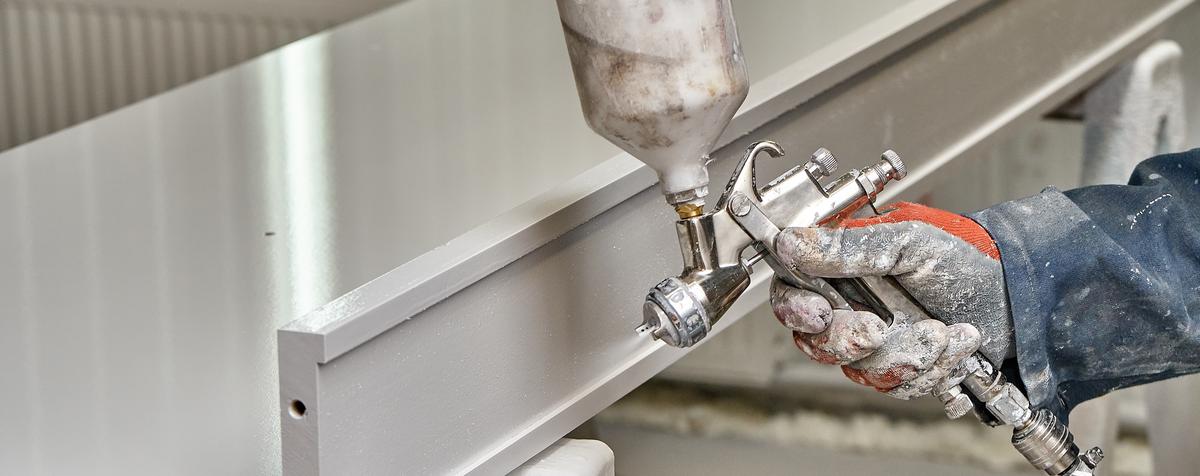

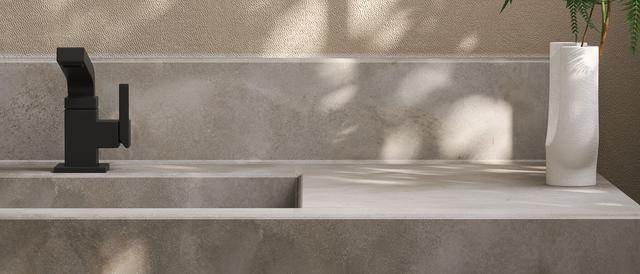
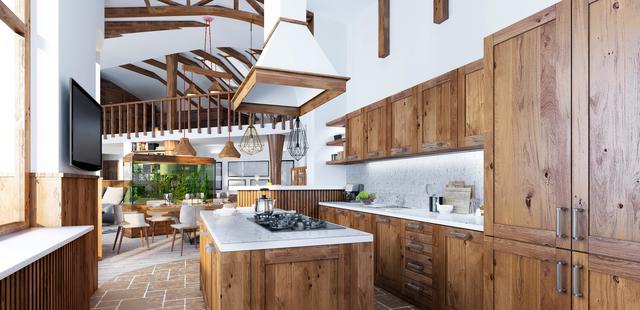
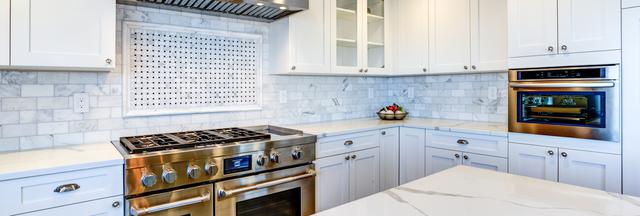
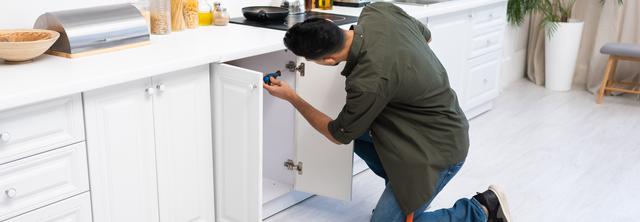
comments